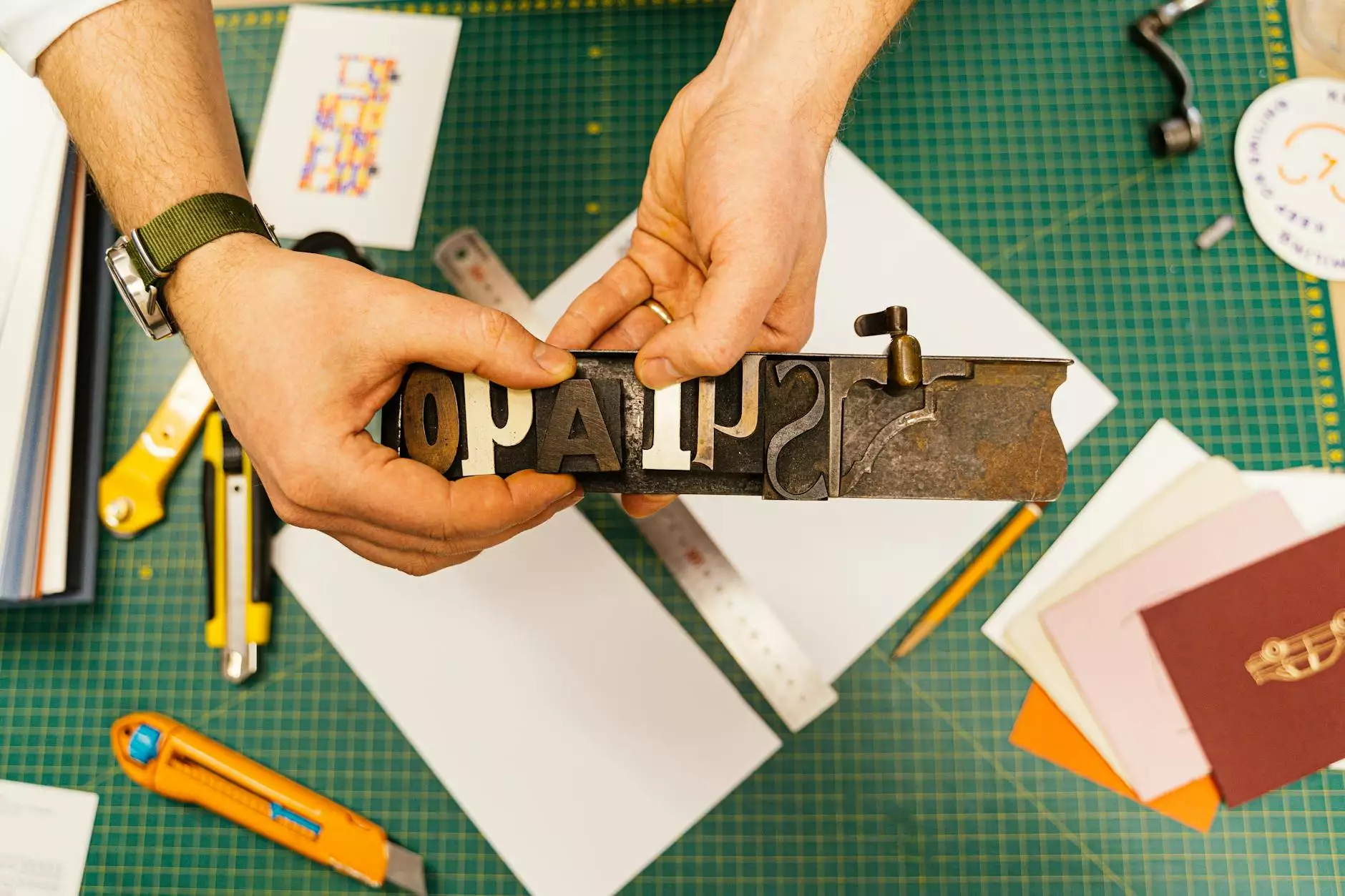Understanding the Symptoms of Blood Clots in the Leg

In the realm of health and wellness, blood clots represent a significant concern, particularly when they occur in the legs. This article will delve into the various symptoms of blood clots in the leg, helping individuals identify potential problems and seek timely medical assistance. Unrecognized blood clots can lead to severe complications, making awareness of their symptoms vital for maintaining health.
What is a Blood Clot?
A blood clot, or thrombus, forms when blood cells and platelets clump together, creating a semi-solid mass. The body naturally forms clots to prevent excessive bleeding from injuries, but when a thrombus forms inappropriately in the veins of the leg, it can obstruct blood flow and lead to serious complications.
Causes of Blood Clots in the Leg
- Prolonged Immobility: Sitting for long periods during travel or at work can hinder blood circulation.
- Medical Conditions: Certain illnesses such as cancer and autoimmune disorders increase the risk of clot formation.
- Hormonal Changes: Hormonal therapies and birth control pills may elevate clot risks.
- Genetic Factors: Inherited conditions affecting blood clotting can predispose individuals to thrombosis.
- Smoking: Tobacco use can damage blood vessels and increase blood clot risk.
Recognizing the Symptoms of Blood Clots in the Leg
Awareness of the symptoms of blood clots in the leg is crucial for timely diagnosis and treatment. Here are the primary signs to watch for:
1. Swelling
One of the most common symptoms is swelling in one leg, often occurring suddenly. This swelling may be localized to the area around the clot, and can lead to a noticeable difference in the size of the affected leg compared to the other leg.
2. Pain or Tenderness
Individuals may experience pain that feels like cramping or soreness in the affected leg. The pain often starts in the calf and can be exacerbated by activities such as walking or standing.
3. Change in Skin Color
Another possible symptom is a change in skin color. The affected limb may appear reddish or have a discolored hue, indicating disrupted blood flow.
4. Warmth
The area surrounding a blood clot may feel warm to the touch. This increased warmth can be a telling sign of an ongoing clotting issue.
Serious Complications of Blood Clots
If a blood clot dislodges and travels to the lungs, it can result in a pulmonary embolism, a life-threatening condition. Symptoms of this severe complication include:
- Sudden shortness of breath
- Chest pain that may worsen with deep breaths
- A rapid heartbeat
- Feeling faint or lightheaded
Risk Factors Associated with Blood Clots
Understanding the risk factors associated with blood clots in the leg is essential. Some of the influential factors include:
- Age: As individuals age, the risk of clot formation increases.
- Obesity: Excess weight can put pressure on veins and contribute to clot formation.
- Pregnancy: Hormonal changes during pregnancy enhance clot risk.
- Recent Surgery: Surgical procedures, especially those involving the legs, can increase the likelihood of clots.
Diagnosis of Blood Clots
If you suspect that you may have a blood clot, it is vital to consult a healthcare professional immediately. Diagnosis may involve:
- Ultrasound: This imaging technique uses sound waves to visualize blood flow and detect clots.
- D-dimer test: A blood test that measures clot degradation products, indicating the presence of a clot.
- CT or MRI scans: Advanced imaging techniques that can provide detailed images of blood vessels.
Treatment Options for Blood Clots
Once diagnosed, blood clots require prompt treatment to mitigate risks and complications. Treatment options may include:
- Anticoagulants: Medications that thin the blood and prevent further clotting.
- Thrombolytics: Drugs that dissolve existing clots, typically used in emergency situations.
- Compression Stockings: These help reduce swelling and improve blood flow in the legs.
- Surgery: In severe cases, surgical intervention may be necessary to remove a clot.
Prevention of Blood Clots
Preventative measures can significantly reduce the likelihood of clot formation. Here are some effective strategies:
- Stay Active: Regular physical activity improves circulation and vascular health.
- Avoid Prolonged Sitting: Take breaks during long periods of sitting to walk and stretch legs.
- Maintain a Healthy Weight: Controlling weight can decrease pressure on the veins.
- Hydrate: Drinking ample water aids circulation and overall health.
When to Seek Medical Attention
If you experience any combination of the symptoms of blood clots in the leg, especially swelling, pain, or discoloration, it is critical to seek medical attention without delay. Early identification and treatment can save lives and reduce the risk of serious complications.
Conclusion
Understanding the symptoms of blood clots in the leg and promoting awareness are key steps in safeguarding your health. By being informed about the risk factors, symptoms, and preventive measures, individuals can effectively manage their vascular health and seek timely intervention when necessary. For personalized care and advice, consult with a qualified healthcare provider or visit specialists like those at Truffles Vein Specialists.
symtoms of blood clots in the leg








